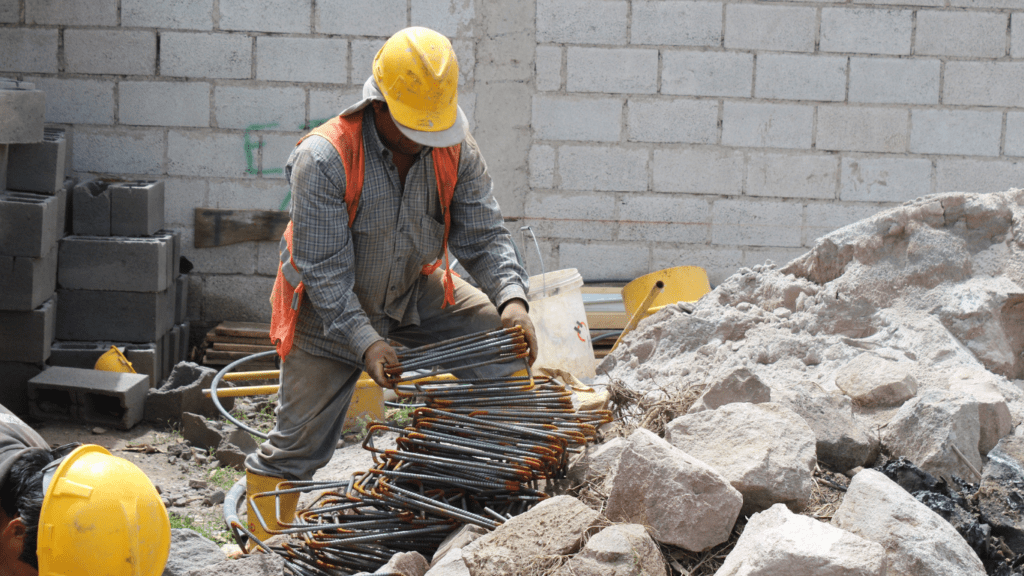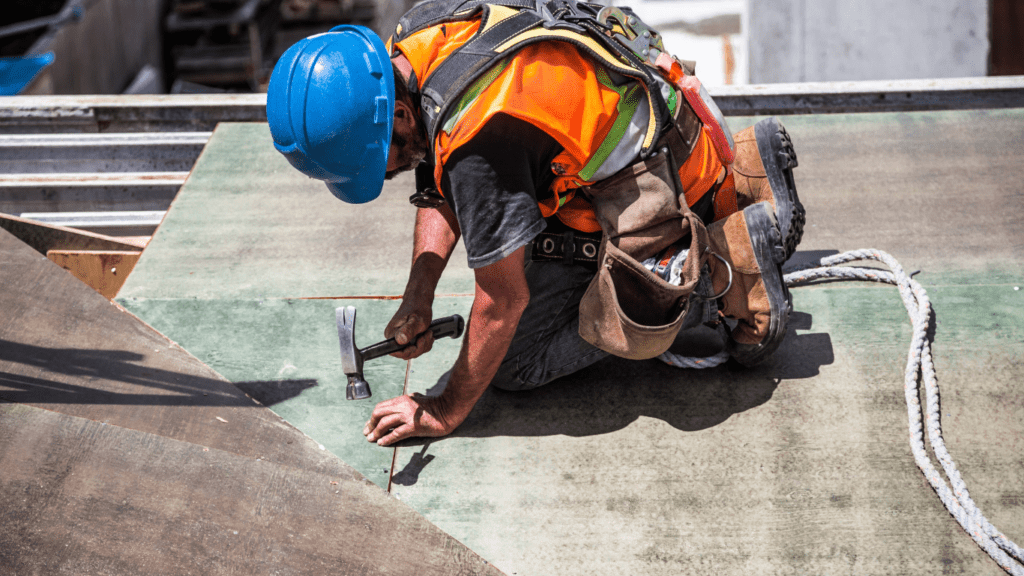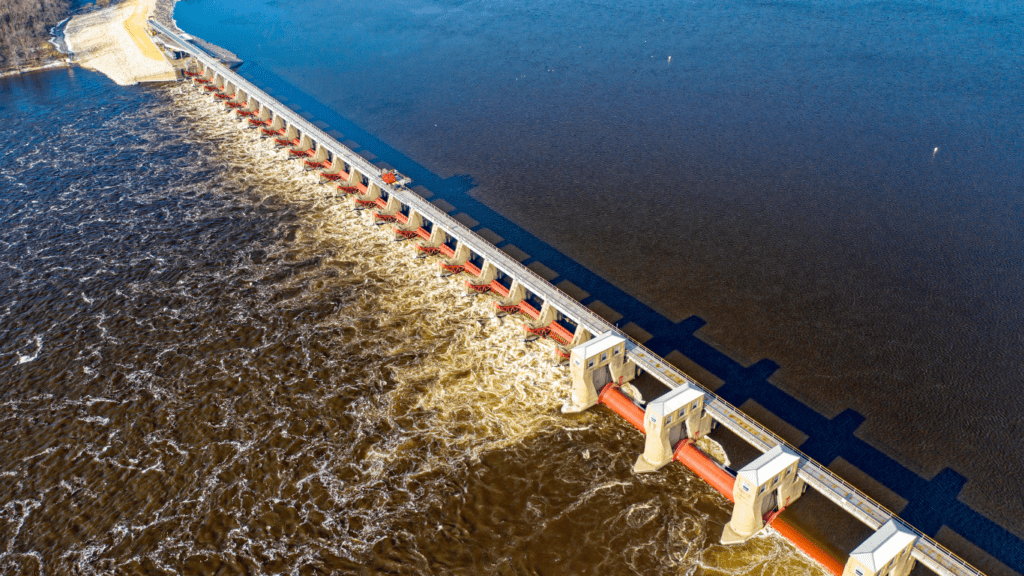In today’s rapidly evolving construction landscape, sustainability is no longer just a buzzword; it’s a driving force behind innovative changes. From cutting-edge materials to advanced construction techniques, eco-friendly innovations are reshaping the way we build our world.
As a seasoned observer of industry trends, I’ve witnessed a remarkable shift towards greener practices that prioritize both environmental stewardship and long-term cost savings. In this article, I’ll delve into the transformative impact of eco-friendly innovations on the construction sector.
As I explore the latest advancements in sustainable building practices, I’ll highlight how these technologies are not only reducing carbon footprints but also enhancing the overall efficiency and durability of structures. Join me on this journey to discover how the construction industry is embracing a more sustainable future through eco-conscious solutions.
Sustainable Materials in Construction
Sustainable materials play a crucial role in revolutionizing the construction industry. These materials offer a range of benefits, making them a preferred choice for environmentally conscious builders and developers.
Benefits of Using Eco-Friendly Materials
- Reduced Environmental Impact: Eco-friendly materials help minimize the negative effects on the environment by conserving natural resources and reducing pollution.
- Energy Efficiency: Sustainable materials often enhance energy efficiency in buildings, leading to lower energy consumption and operational costs over time.
- Improved Indoor Air Quality: Many eco-friendly materials contribute to better indoor air quality, creating healthier living and working environments.
- Long-Term Cost Savings: While initial costs may be slightly higher, using sustainable materials can result in substantial long-term savings due to their durability and energy-efficient properties.
- Recycled Steel: Utilizing recycled steel in construction reduces the demand for new steel production, saving energy and reducing greenhouse gas emissions.
- Bamboo: Known for its rapid growth and renewability, bamboo is a versatile and sustainable alternative to traditional building materials like timber.
- Low-Emission Concrete: This innovative concrete formula reduces carbon emissions during production, offering a more eco-friendly option for construction projects.
- Recycled Glass: Incorporating recycled glass into building materials helps divert waste from landfills and gives new life to a previously discarded resource.
Green Building Practices
Incorporating Renewable Energy Sources
I’ve observed a growing trend in the construction industry where renewable energy sources are being integrated into building designs. Utilizing solar panels, wind turbines, and geothermal systems, construction projects are harnessing natural resources to reduce reliance on traditional energy sources and lower carbon emissions.
Implementing Energy-Efficient Designs
Energy-efficient designs have become a cornerstone of sustainable construction practices. From passive solar design to high-efficiency HVAC systems, builders are prioritizing energy conservation to create environmentally friendly structures.
By optimizing insulation, using energy-efficient windows, and incorporating smart building technology, construction projects are significantly reducing energy consumption and operating costs.
Waste Reduction Techniques
Eco-friendly innovations in the construction industry encompass a range of waste reduction techniques that are transforming traditional practices. By focusing on recycling and reusing construction waste, significant strides are being made in minimizing the environmental impact of building projects.
Recycling and Reusing Construction Waste
I’m at the forefront, witnessing the integration of recycling and reusing construction waste into modern building practices. These techniques involve repurposing materials like concrete, wood, and metal from demolished structures to create new components for ongoing projects, reducing the demand for raw resources and diverting waste from landfills.
Industry leaders are increasingly embracing these sustainable approaches to construction, paving the way for a more environmentally conscious future.
Smart Technology Integration
Incorporating smart technology into construction processes is revolutionizing the industry, enhancing efficiency, sustainability, and overall performance. Smart technologies utilize sensors, data analytics, and automation to optimize building operations, reduce energy consumption, and improve occupant comfort and safety.
- Smart Building Management Systems (BMS): Smart BMSs monitor and control various building systems like HVAC, lighting, and security. They analyze data in real-time to make adjustments for energy optimization and predictive maintenance.
- IoT-enabled Devices: IoT devices collect and share data to enhance decision-making and improve building performance. They enable remote monitoring and control of systems for increased efficiency and reduced operational costs.
- Energy Management Solutions: Energy management software tracks, analyzes, and optimizes energy usage in buildings. These solutions help identify areas for improvement, leading to significant energy savings and reduced environmental impact.
- Prefabrication and Modular Construction: Prefabrication uses advanced technologies like Building Information Modeling (BIM) to create building components off-site. Modular construction integrates smart technology during manufacturing, ensuring seamless installation and efficient building processes.
- 3D Printing and Robotics: 3D printing and robotics automate construction tasks, reducing labor costs and construction time. These technologies enable precise and customized building components, optimizing material usage and minimizing waste.
By integrating smart technologies into construction practices, the industry is advancing towards more sustainable, efficient, and innovative building solutions that align with environmental goals and enhance overall performance.



